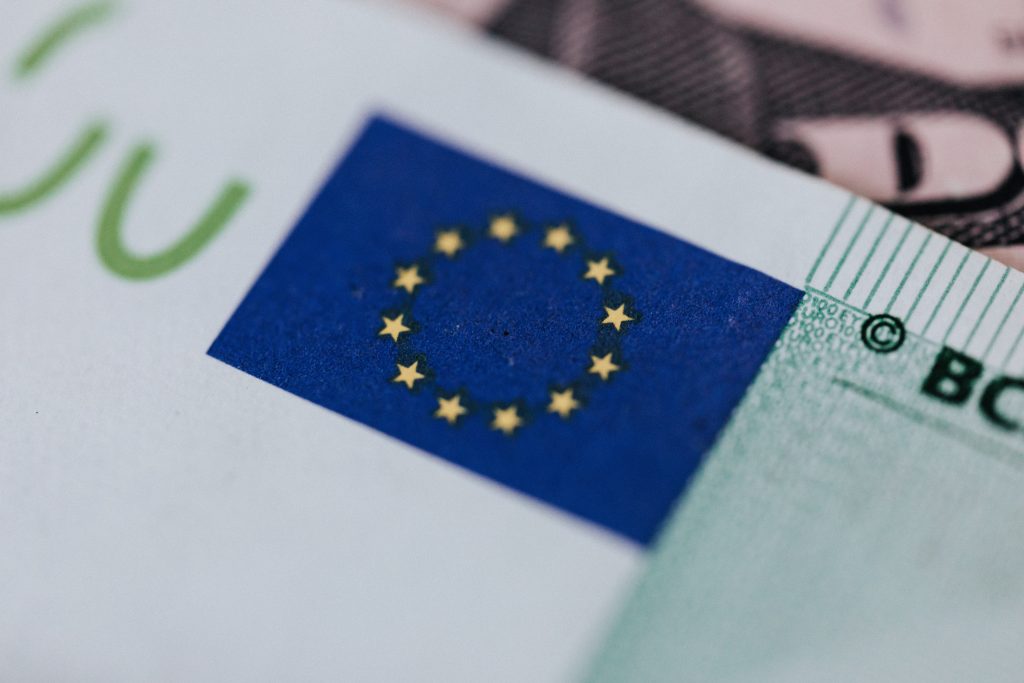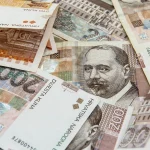As Index writes, food prices can be monitored in several ways. For simplicity of presentation, they compared Croatia with the EU average, neighbouring countries Slovenia, Hungary, and Italy, and Germany as the largest EU economy. Slovakia was also added as the EU country most similar to Croatia in terms of population and standards.
In addition to the overall price increase, data are also given by the type of food products. Readers can select the categories by clicking on the menu in their interactive tables. Tables with data on the increase in the prices of bread, meat, milk, cheese, eggs, oil, fat, fruit, vegetables, beer, and wine have been published.
How much have food prices increased in stores?
The most important category of food price increase for citizens is the harmonized index of consumer prices, which is actually a measure of inflation and shows how the prices in stores paid by end customers, i.e. citizens, have changed. In December 2022, the food price in Croatia, according to the harmonized index of consumer prices, was higher by 19.7 percent compared to December 2021.
This is a higher price increase than in Italy, a little higher than the average of the EU and Slovenia, and at the level of Germany. In Slovakia, food became more expensive, but the absolute record holder is Hungary, where the price of food in stores was higher by 49.6 percent during December 2022 compared to December 2021.
Bread
Understandably, not all categories saw an equal price increase. The price of bread in Croatia increased much more than in Italy, Slovenia, and the EU average. Approximately the same increase was recorded in Slovakia, while Hungary, with an increase of 82.1 percent, is the absolute EU record holder. Interestingly, in October the price increase of imported bread in Croatia was 30.9 percent, far less than in Germany, Italy, Hungary and Slovenia, where the import prices of bread increased by about 50 percent.
Meat
Meat price increase in Croatia is at the level of the EU average (17 percent), more than in Italy, and less than in Germany and Slovenia. Slovakia and Hungary stand out with a particularly high price increase, of 30 and 40 percent. Along with the increase index of consumer prices, i.e. prices in stores, the increase of import prices of a product and the growth of producer prices can be monitored.
In November, producer prices of meat in Croatia increased the least of the observed countries and less than the EU average. But data for October show that import prices in Croatia increased the most of all countries except Hungary.
Looking at the types of meat, chicken stands out, whose price increase in Croatia (18.1 percent) is the lowest among the observed countries and below the EU average (23.5 percent).
Milk, cheese and eggs
The prices of milk, cheese and eggs in stores (consumer prices) in Croatia were higher than the EU average, but lower than in Germany and Slovakia. The price increase of 73.2 percent in Hungary compared to December 2021 is by far the highest in the EU (the second highest is in Lithuania and amounts to 47.4 percent).
Looking at categories, the price of fresh whole milk in Croatia has increased the least compared to the EU, although until August Croatia was the record holder for the increase in the price of this food. However, between August and December, the price dropped sharply, so Croatia ended the year with the lowest increase in the price of these foodstuffs among the observed countries. It is interesting that data from October for import prices of that product show the highest increase in Croatia, even though consumer prices have been falling sharply since August.
The increase of the price of eggs in Croatia is extremely high, by as much as 64.5 percent. This is less than in Slovakia and Hungary, but far above the EU average (30.2 percent). The increase in the prices of yogurt and cheese does not deviate that much from the EU average, although it is higher in Croatia.
Oils and fats
The prices of oils and fats grew the least in Croatia of the observed countries. Until June 2022, it was even higher than the EU average, but since then it has been sharply decreasing. Import prices recorded a significant growth during the year (33.6 percent), although they have been decreasing since June. Producer prices in Croatia increased much less than import prices, and in December they were only 5.5 percent higher than in the same month of 2021.
Fruit
The increase of fruit prices was on average weaker than the increase of other food products. In Croatia (9 percent) it is slightly higher than the EU average (8.1 percent). Interestingly, overall, since 2015, the price of fruit has increased by 17.2 percent in Croatia, 29.9 percent in the EU, and even 94.5 percent in Hungary. For Croatia, this is the lowest price increase since that year for all food categories.
Vegetables
The increase of vegetable prices in Croatia (8.8 percent) is the lowest among the observed countries and below the EU average (15 percent). Compared to 2015, these prices are 23.2 percent higher, and the record holder is Hungary with 117.9 percent higher prices in December 2022 compared to the average price of vegetables in 2015.
Fish and seafood
The prices of fish and seafood in Croatia grew more than the EU average, 17.7 percent versus 13.3 percent. Of the observed countries, the growth was higher only in Germany, and in Hungary it was so high (39.4 percent) that it belongs in its own class. The increase in import prices was higher than the increase in producer prices.
Beer
Considering other food products, the price of beer did not increase significantly. In Croatia, a growth of 10.7 percent was recorded, which mostly occurred in December. If it had not been for that sudden jump, the price increase would have been only 5.1 percent, the smallest of the observed countries. The record holder is Hungary again.
Wine
The increase in the price of wine in Croatia in 2022 was atypical, for most of the year it was higher than in Hungary. In December, price increase compared to the same month last year was 18.6 percent, which is a slowdown compared to November. Hungary did not slow down, so it overtook Croatia with a growth of 19.5 percent. The EU average is 7.6 percent.
Producer and import prices
In Croatia, the price increase of imported food was at 25.3 percent, less than the producer price, which grew by 17.1 percent. This means that the increase in prices results more from the increase in import prices than from the increase in the prices of domestic producers. The same applies to Italy and Slovenia.
Hungary has the opposite situation – the increase of producer prices in the country is higher than the increase of import prices. Although producer prices refer to the prices of domestic and foreign producers, import prices refer only to foreign countries. From this, it can be concluded which had a greater impact on the growth of consumer prices in stores.
In December, there was a noticeable slowdown in the price increase of most categories of food products. At the EU level, the food price index (HICP) fell from 18.3 to 18.2 percent, which may be a hint of the beginning of a new trend. In Croatia, the increase has been slowing down since the end of October, when increase compared to the same month last year was 20.5 percent, and in December 19.7 percent. This does not mean that prices are falling, but it is a signal of slowing increase.
For more, make sure to check out our dedicated News section.











